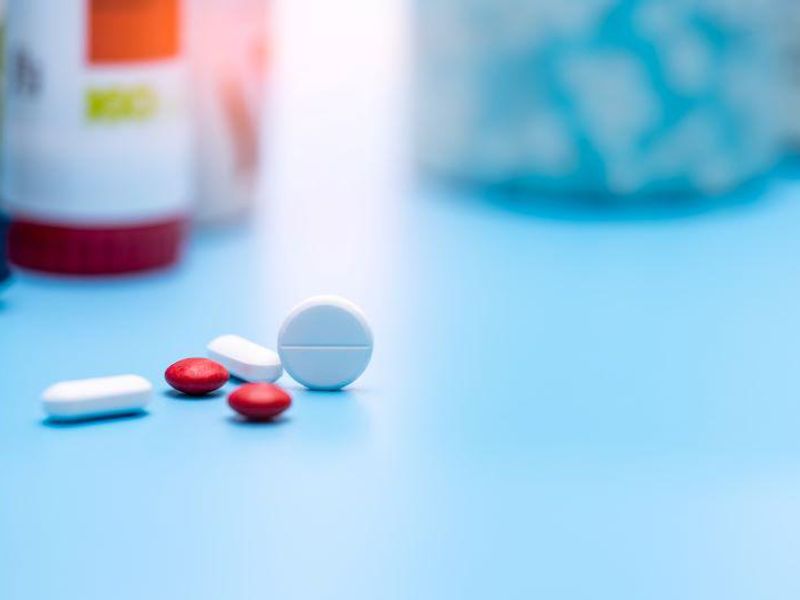Apixaban dominated enoxaparin and edoxaban; rivaroxaban was slightly more effective than apixaban
By Elana Gotkine HealthDay Reporter
TUESDAY, Dec. 27, 2022 (HealthDay News) — Direct oral anticoagulants (DOACs) are more effective and cost-effective than low-molecular-weight heparin for cancer-associated thrombosis (CAT), with the results sensitive to monthly drug costs, according to research published online Dec. 27 in the Annals of Internal Medicine.
Shuchi Gulati, M.D., from the UC Davis Comprehensive Cancer Center in Sacramento, and Mark H. Eckman, M.D., from the University of Cincinnati Medical Center, examined the cost and effectiveness of DOACs versus low-molecular-weight heparin in a network meta-analysis involving adults with cancer at the time they develop thrombosis.
The researchers found that apixaban dominated enoxaparin and edoxaban by being less costly and more effective in the base-case scenario using drug prices from the U.S. Department of Veterans Affairs Federal Supply Schedule. Compared with apixaban, rivaroxaban was slightly more effective, with an incremental cost-effectiveness ratio (ICER) of $493,246. Rivaroxaban was cost-effective with an ICER of $50,053 per quality-adjusted life year (QALY) in a scenario analysis using real-world drug prices from GoodRx. In a sensitivity analysis, the results were highly sensitive to monthly drug costs. Apixaban was preferred in 80 percent of simulations at a willingness-to-pay threshold of $50,000 per QALY. However, apixaban only remained cost-effective if monthly medication costs were below $530; rivaroxaban became cost-effective above this number.
“Depending on clinical characteristics, location of cancer, and side effects, patients may be better suited to one agent over another in clinical practice and this analysis should help policymakers and clinicians with making these decisions,” the authors write.
Editorial (subscription or payment maybe required)
Copyright © 2022 HealthDay. All rights reserved.








